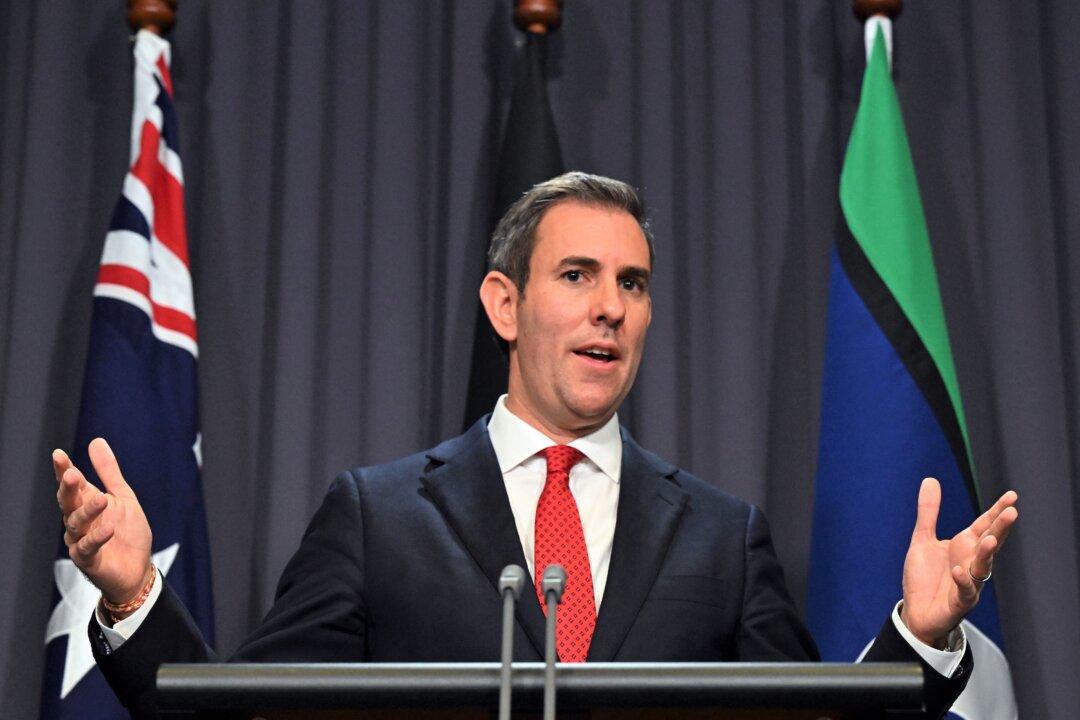Australian Treasurer Jim Chalmers has said that the cost of the stage three tax cuts could reach over $250 billion (US$158 billion) as the government is trying to strike a balance in the federal budget.
According to new estimates, the tax cuts would reduce the government’s tax revenue by $254 billion over a ten-year period, an increase of $11 billion compared to the previous forecast by the budget office.





